DROPS Andes
A soft and chunky blend of alpaca and wool
from:
6.20$
per 3.5 oz
Content: 65% Wool, 35% Alpaca
Yarn Group:
E (9 - 11 stitches)
/ 14 ply / super bulky
Weight/yardage: 3.5 oz (100 g) = approx 98 yds (90 m)
Recommended needle size: US 13 / 9 mm
Gauge: 4" x 4" / 10 x 10 cm = 10 sts x 14 rows
Care: Hand Wash, cold max 30°C / 86F. Dry Flat
/ Feltable
Superwash: no
Made in: Peru
Raw material origin: Alpaca and wool from South America
This yarn has an Oeko-Tex® certification (certificate number 23.HPE.36896), Standard 100, Class II from the Hohenstein Institute. This means that is has been tested for harmful substances and is considered safe in human-ecological terms. Class II means the yarn is suitable to come in direct contact with the skin to a large extent, such as blouses, shirts, mattresses, etc.
DROPS Andes is spun from 2 strands in the traditional combination of 65% wool and 35% superfine alpaca, giving the yarn a silky surface (from the alpaca fibers) and good shape stability (from the wool). Its natural fibers are untreated, which means that they are only washed and not exposed to any chemical treatment prior to the dyeing. This highlights the fiber’s natural properties, while it also provides a better shape and texture quality.
Very easy to work with thick needles and hooks and ideal for felting, DROPS Andes is perfect for winter garments, accessories and interior patterns.
Read more about our products' sustainability here
Please be aware that the colours shown may vary from screen to screen in the same way that shades may vary slightly from dye lot to dye lot.
How do I care for this yarn?

Hand Wash, cold max 30°C / 86F. Dry Flat
First of all, consider just airing the garment, instead of washing it. If you still desire to wash it, here are some guidelines:
- Hand wash at 30ºC - separately - with wool detergent without enzymes or optical brighteners.
- Don’t let the garment soak. Move the garment gently back and forth, do not rub or squeeze it.
- Rinse the garment until the rinse water is completely clear, making sure the water temperature stays uniform.
- Do a light centrifugation of the garment (about 800rpm), choosing a program that DOES NOT take in water at the start. Or press carefully the water out of the garment with a dry towel. The garment shouldn’t be twisted or rolled.
- To dry the garment, shape it and lay it flat - do not hang - ideally on a warm bathroom floor or on top of a drying rack in a room with good air circulation. Never dry the garment in direct sunlight.
- Don’t tumble dry.
- Never iron the garment directly. Use always a damp cloth between your steaming iron or regular iron and the garment.
Note: If you are washing a project made with this yarn combined with another, the general guideline is to follow the washing instructions for the most delicate of the yarns you are working with.
Thinking about felting this yarn?
See how this yarn looks before and after felting:
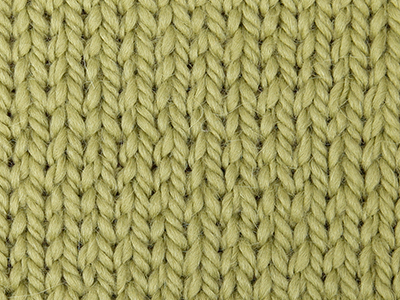
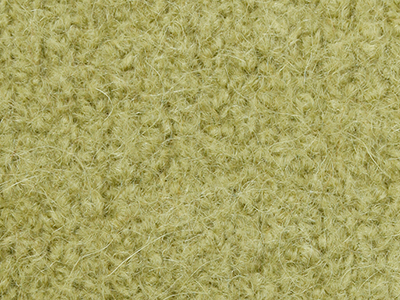
Needles: 9.00 mm
Before: 10 sts x 14 rows
After: 13 sts x 26 rows
Do you have a question about this yarn?
See a list of frequently asked questions (FAQ) about our yarns.
1) What type of fibers make the DROPS yarns?
Yarn can be made from a large number of natural and synthetic fibers. DROPS carries mainly yarns made from wool, cotton, alpaca, linen, mohair and silk. Each fiber type has its own qualities, and they are often mixed to take advantage of the best properties of each one. Coarse yarn has the advantage of being stronger and more durable, and finer fibers offers more softness and comfort. Here a bit about the main fibers we carry:
Alpaca:
Alpaca fleece is the natural fiber harvested from an alpaca, and it is similar in structure to sheep wool fiber. Its softness comes from the small diameter of the fiber, similar to merino wool. It is a soft, durable, luxurious and silky natural fiber. Yarn made from alpaca fibers does not felt or pill easily, and it can be light or heavy in weight, depending on how it is spun. While similar to sheep’s wool, it is warmer, not prickly, and has no lanolin, which makes it hypoallergenic. Alpacas come in 22 natural colors, with more than 300 shades from a true-blue black through browns-black, browns, white, silver and rose-greys.
Mohair:
This fiber comes from the Angora goats, and its considered a luxury fiber. Mohair yarn is warm as wool, but much lighter in weight; it is durable, dyes well and does not felt easily. Mohair fibers have also a distinctive luster created by the way they reflect light. Despite being a hard fiber, mohair is usually spun into a very fluffy yarn, resulting in airy and lustrous garments.
Wool:
The wool fibers comes from the skin of sheep and are relatively coarse fibers. Two striking characteristics of wool are its susceptibility to heat and its felting property, which is caused by the scales on the surface. Depending upon the breed of sheep, the appearance of the wool varies.
Wool from Merino sheep is considered the finest type of wool, having as characteristics that is finely crimped and soft. All the Merino wool in the DROPS yarns has its origins in South America, coming from sheep that have not been subject to Mulesing.
Pure new wool is wool made directly from animal fleece, and not recycled from existing wool garments.
Machine washable wool is wool treated chemically to minimize the outer fuzzy layer of the fibers, and be therefore fitable for machine wash (see Superwash).
Silk:
The silk fiber is a fine continuous fiber produced from the cocoon of a moth caterpillar known as the silkworm. While silkworm is cultivated, the wild or tussah silk is obtained from uncultivated silkworm cocoons. Silk fiber is one of the strongest natural fibers and makes a wonderful knitting yarn. It blends really well with other fibers, especially wool. Silk also dyes beautifully with natural dyes.
Vegetable fibers:
There are several varieties of vegetable fibers, found in the cell walls of plants or vegetables. Of all the varieties, two are recognized as major knitted or textile fibers. They are cotton and linen.
Cotton is the fiber surrounding the seeds in a cotton pod, and it is almost pure cellulose. Cotton is usually white in color but there are green and brown varieties as well. The cotton fiber is most often spun into yarn or thread and used to make a soft, breathable textile that is good for summer clothing and accessories, making a weaker yarn than silk or linen but stronger than wool.
Mercerized cotton is cotton that has been through a mercerization treatment. This treatment gives cotton fabrics and threads a lustrous yarn that is more lustrous than conventional cotton. It is also stronger, takes dye a little more readily, makes the yarn more resistant to mildew and reduces lint. It also may not shrink or lose its shape as much as "regular" cotton.
Linen is a fiber derived from the stalk of the flax plant that is durable and stronger than any other fiber. The linen fiber is relatively soft, straight and lustrous and becomes more beautiful with age. Linen is more comfortable to wear in hot temperatures than cotton, due to the fact that it absorbs moisture better and dries more quickly.
Other materials used in our yarns include synthetic fibers such as acrylic, viscose, polyamide (nylon) and polyester.
3) What type of information can I find on the DROPS yarn labels?
All DROPS yarn labels include information about fiber content (wool, cotton, etc.), weight in grams and ounces, length in meters and yards, washing instructions and symbols (explained here), color number, dye lot number and yarn group information.
4) What are the DROPS yarn groups?
All DROPS yarns are classified into 6 different thickness groups (A to F). Yarns in a same group have similar knitting tension/gauge, and can therefore be interchanged in patterns; however the length may be different, so when substituting always calculate the amount of meters/yards needed for the pattern to know the amount of yarn you need to get.
5) Can I use a different yarn than the one mentioned in the pattern?
Yes, as long as the yarn can be worked in the same knitting tension/gauge. Always swatch to make sure you get the same number of stitches in width and rows in height as given in the pattern.
Remember that different yarns with different textures, will give the garment different looks. The yardage/length may also be different, so when substituting always calculate the number of yards needed, in order to know the amount of yarn you need.
Read more about how to calculate the amount of an alternative yarn - and how to replace 1 thread of a yarn with 2 or more of another, here.
6) What does it mean when a yarn is “Superwash”?
A superwash wool is a special wool product that has been treated or processed in a way that allows it to be machine washable. Many people are afraid to work with wool because it is so easy to shrink (though some shrink wool on purpose) and superwash wool can allow them to work with great fibers without worry. (Read more here).
7) What does “Oeko-Tex® certified” means?
The Oeko-Tex® Standard 100 was introduced at the beginning of the 1990s as a response to the needs of the general public for textiles which posed no risk to health. The Oeko-Tex® Standard 100 is a globally uniform testing and certification system for textile raw materials, intermediate and end products at all stages of production. The test for harmful substances comprise substances which are prohibited or regulated by law, chemicals which are known to be harmful to health, and parameters which are included as a precautionary measure to safeguard health.
For more info go to www.oeko-tex.com
10) How accurate are the colours on the shade cards online?
When obtaining images for the shade card, we do our best to achieve the highest level of color accuracy. Unfortunately, we cannot guarantee how images will appear on your computer screen. Every monitor displays color differently, some colors might look darker than they really are, and some colors might be more saturated on some screens. If you experience that many of the yarn colors looks different on your screen than the actual color of the skeins, you can adjust the setting on your monitor.
11) What is a micron? What does super fine / extra fine mean?
The fineness of yarn fibers is measured in microns (thousands of millimeters). Super fine alpaca wool is 26-28 microns. Fine merino wool is less than 21.5 microns and extra fine merino is under 19.5 microns. The less microns the softer and more delicate a quality can be, the more microns the more hard wear the quality will be.
12) Why are the colors in my skeins of print yarn different?
The reason why two skeins of a same print yarn look different can be 1) that both skeins are part of different dye lots; 2) that the skeins have been dyed using a technique called "magic print" (the one used for example in DROPS Delight), which provides unique patterns and smooth color transitions to each skein, meaning also that within one dye lot, lighter or darker varieties might appear. This is no fault or defect, but part of the yarn's character.
13) My store doesn’t have the color I want, what can I do?
If your DROPS store doesn’t have the yarn color you want, try contacting a DROPS Super Store (the ones with the golden badges) - they will make sure to get a hold of the color even if they don’t have it in stock themselves. See a list of all DROPS stores here.
14) Where can I find a specific dye lot of a color?
Always try contacting your DROPS store first. If they do not have the dye lot you want we recommend you to ask other knitters and crocheters in the DROPS Workshop in Facebook or Ravelry, which may have the dye lot in their stash and might be willing to part from it.
Yarn sheds because there's not enough twist to hold all of the fibers together. All yarns have excess fibers (from production) that might come off as lint or shedding, in varied degrees that depend on how the yarn is spun. Brushed yarns ("hairier" yarns) like DROPS Melody, have more of these loose fibers than other yarns, and therefore shed more. Shedding also depends on what is worn under or over the garment, and whether this pulls at the yarn fibers. It’s therefore not possible to guarantee that there will be no shedding.
Below are some tips on how to get the best result when working with hairier yarns:
- When the garment is finished (before you wash it) shake it vigorously so the looser hairs come off. NOTE: do NOT use a lint roller, brush or any method that pulls at the yarn.
- Place the garment in a plastic bag and put it in your freezer - the temperature will cause the fibers to become less attached to each other, and excess fibers will come off easier. Leave in the freezer for a few hours before taking it out and shaking it again.
- Wash the garment according to the instructions on the yarn label. Garments worked with hairier yarns usually need to be shaken once dry after washing, so that the hairs rise and any excess fibers can come off.
Pilling is a natural process that happens to even the most exclusive of fibers. It's a natural sign of wear and tear that is hard to avoid, and that is most visible in high friction areas of your garment like a sweater's arms and cuffs.
You can make your garment look as new by removing the pilling, using a fabric comb or a pill/lint remover.
How can I replace this yarn?
If you are looking to replace this yarn with another DROPS yarn, you can use another yarn within the same yarn group, or try our yarn converter!
Comments / Questions (133)
![]() Tine wrote:
Tine wrote:
Hej Jeg har lige købt DROPS Andes i farven "jordnød" 9024, der står anført som en mix-farve. Jeg synes dog slet ikke at den ser mix-farvet ud, og jeg har brugt mange forskellige Andes-farver, både uni og mix. Den ligner en uni-farve. Kan der være tale om en fejl?
21.01.2025 - 20:13DROPS Design answered:
Hei Tine. Ingen feil. Farge 9024 jordnød er ingen 100% uni farge, men har litt lyse farger i seg. Man ser det bedre om man tvinner opp tråden. mvh DROPS Design
27.01.2025 kl. 07:43
![]() Julia wrote:
Julia wrote:
Hello, thank you for recommending me to follow your social media accounts to get updates. While I appreciate your reply, I have to say that I find it a bit amusing that even the yarn manufacturer itself doesn't know its future plans. As someone who enjoys working with DROPS yarn, I was hoping to be able to get some information directly from the manufacturer. Thank you for the opportunity to check out another manufacturer's product range.
06.05.2024 - 07:31
![]() Julia wrote:
Julia wrote:
I'm really enjoying the DROPS Andes, but I'm wondering if there might be more vibrant colours in the future. Would it be possible to expand the range?
05.05.2024 - 18:53DROPS Design answered:
Dear Julia, we don't have any information regarding future new colours. You can follow our social media accounts to be informed about new releases.
05.05.2024 kl. 19:46
![]() Carina wrote:
Carina wrote:
Hei! Jeg har strikket et pledd i drops andes. Hvordan bør jeg behandle det før bruk? Jeg tenker da på vasking. Det blir tungt å presse ut alt vannet for hånd før jeg blokker det. Kan det sentrifugeres på full hastighet etter vasking for hånd? Eller må jeg presse ut det jeg klarer å la det tørke flatt?
25.10.2023 - 10:46DROPS Design answered:
Hej Carina, må du vaske det? Kan du ikke bare hænge det ud? Vi kan ikke garantere at det klarer en centrifugering, så hvis du prøver er det på eget ansvar :)
25.10.2023 kl. 14:50
![]() Nancy Parris wrote:
Nancy Parris wrote:
I tried to place an order which should have been a bit over $16 USD. When I went to check out the total came to over $50 USD. I had to erase all my credit card info but took a screen shot of the actual price. This is confusing to be sure.
03.10.2023 - 20:50
![]() Sabine Schrade wrote:
Sabine Schrade wrote:
Hallo, ich habe im Februar 2023 die Drops Andes Wolle gekauft (12 Knäuel), Colour 0519, Dyelot 309875. Leider riecht die Wolle dermaßen unangenehm,beim verstricken ist der Geruch kaum auszuhalten. Man bekommt das Gefühl das der Hals ganz trocken wird und man einen schlechten Geschmack im Mund bekommt. Wird die Wolle chemisch behandelt oder mit einem Mottenmittel versehen? Das hab ich so noch nie erlebt und ich stricke schon 40 Jahre. Geht der Geruch nach dem Waschen weg?
07.03.2023 - 10:28DROPS Design answered:
Liebe Frau Schrade, es tut uns Leid Ihre Erfahrung zu lesen, bitte wenden Sie sich direkt an den DROPS Laden, wo Sie die Wolle gekauft haben. Danke im voraus für Ihr Verständnis.
07.03.2023 kl. 10:40
![]() Stephanie wrote:
Stephanie wrote:
Is de zuid Amerikaanse wol prik wol? Alpaca prikt niet maar de andere wol de zuid Amerikaanse graag meer info over.
18.10.2022 - 16:53DROPS Design answered:
Dag Stephanie,
Mijn ervaring is dat deze wol niet prikt.
26.10.2022 kl. 19:20
![]() PAOLA wrote:
PAOLA wrote:
Buongiorno. dai vs. rivenditori italiani non trovo i nuovi colori CALCARE e MANDORLA. vorrei sapere quando saranno disponibili. grazie
13.09.2022 - 12:03DROPS Design answered:
Buonasera Paola, deve contattare i singoli rivenditori per le disponibilità. Buon lavoro!
14.09.2022 kl. 19:21
![]() Chere wrote:
Chere wrote:
Can I purchase from the Garn studio website? If not where can I get it as I am in Australia
20.07.2022 - 12:05DROPS Design answered:
Dear Chere, this website is dedicated to the patterns, it's not a webshop. You can check out shops that send to Australia at the following link: https://www.garnstudio.com/findastore.php?id=19&w=1&cid=19
20.07.2022 kl. 13:42
![]() Felicity Jones wrote:
Felicity Jones wrote:
Please bring out a purple shade of this yarn again!!!
08.07.2022 - 14:07
![]() Linda wrote:
Linda wrote:
Goededag, Hoeveel bollen Andes garen heb ik ongeveer nodig om een lange sjaal 30 x 200 cm te breien in een ribpatroon. Mvg Linda
08.07.2022 - 06:40DROPS Design answered:
Dag Linda,
Het beste kun je een sjaal opzoeken op onze site die ongeveer overeenkomt met wat je voor ogen hebt en dan kijken naar hoeveel garen nodig is voor dat patroon. Eventueel neem je wat extra bollen. Vraag je winkel binnen welke tijd je eventueel overgebleven bollen in kunt leveren.
24.07.2022 kl. 13:19
![]() Sirpa Lepistö wrote:
Sirpa Lepistö wrote:
Hei! Kun en löydä sivuiltanne kohtaa, jossa voisi yleisesti antaa vinkkejä tai palautetta, niin toivottavasti menee perille tätä kautta. Ehdotan ohjeiden hakuehtoihin lisättäväksi, minkä kokokoisella puikolla neulotaan (ja vastaava virkkausohjeisiin). Pyydän vastausta sähköpostilla.
30.01.2022 - 14:57
![]() Tima Priess wrote:
Tima Priess wrote:
I started a favorites file but I can’t save Andes to it. I hit the heart button and it just asks me to keep starting a favorite s with an email which I’ve already done. Is there a favorites for yarn?
26.01.2022 - 16:41DROPS Design answered:
Dear Mrs Priess, not yet, but we take your request in consideration, for now you can only favorites patterns and video. Clicking on the heart at the top right of the window will give you the list of your favorites. Happy knitting!
27.01.2022 kl. 09:12
![]() Mette Nielsen wrote:
Mette Nielsen wrote:
Hej. har brug for opskrift til Drops andes pind 9 i størrelse 48/50. Brystmål 125/130cm. kan i hjælpe. En cardigan helt almindelig. Rito har henvist til jer. Købt garnet hos rito. Er meget ny i strikke verden. Mvh Mette.
20.01.2022 - 22:24DROPS Design answered:
Hej Mette. Kanske DROPS 226-44 kunde passa? Eller någon annan av dessa.. Mvh DROPS Design
21.01.2022 kl. 12:05
![]() Karen Van Den Berg wrote:
Karen Van Den Berg wrote:
Hello. I would like to knit a drops scarf pattern but cannot find some of the colours wool suggested: DROPS ANDES van Garnstudio, one of them being: Colour nr. 3755, cherry. Can you advise me as to where I can find/purchase this wool colour? Kind regards, Karen
10.01.2022 - 11:49DROPS Design answered:
Dear Karen, this color is discontinued; all available colors are shown on this page. Unfortunately, we don't have any information about the stock of discontinued yarns in the different retailers. Happy knitting!
10.01.2022 kl. 19:40
![]() Maria Bonardi wrote:
Maria Bonardi wrote:
What number of needles do you suggest using double Andes yarn? I have to work it in seeds stich for a blanket. Thanks for your answer
02.12.2021 - 23:23DROPS Design answered:
Dear Mrs Bonardi, this will depend on your own tension and on the desired fabric - you can take inspiration from our patterns in Polaris/group F which can replace 2 strands yarn group E such as Andes. Happy knitting!
03.12.2021 kl. 08:55
![]() Lisa Adams wrote:
Lisa Adams wrote:
Is there a supplier in Australia or an online store that delivers to Australia?
02.12.2021 - 13:11DROPS Design answered:
Dear Mrs Adams, we currently have no DROPS stores in Australia, but you will find the list of DROPS Stores shipping there here. Happy knitting!
03.12.2021 kl. 08:58
![]() Maria Bonardi wrote:
Maria Bonardi wrote:
È possibile acquistare direttamente da voi 26 ANDES blu reale e 26 ANDES rosso Natale? I rivenditori che ho contattato in Italia non hanno disponibilità . Grazie
22.11.2021 - 23:52DROPS Design answered:
Buonasera Maria, i filati DROPS si acquistano direttamente dai rivenditori: provi a contattare i DROPS Superstore che hanno tutte le qualità in tutti i colori. Buon lavoro!
23.11.2021 kl. 18:24
![]() Maria Bonardi wrote:
Maria Bonardi wrote:
Hi! How many grams Do I need to make a seed knit stich blanket (120 cm X 160 cm) whith an i-cord edge using ANDES? Thank for the answer.
10.11.2021 - 18:51DROPS Design answered:
Dear Mrs Bonardi, this will depends on your tension etc.. please find all our patterns for blankets with yarn group E, such as Andes here - you are welcome to contact your DROPS store for any further assistance. Happy knitting!
11.11.2021 kl. 09:20
![]() Emilija Kerpaitė wrote:
Emilija Kerpaitė wrote:
We are buying this yarn for production. Could you please specify, which certification do Andes yarn has (as example, OEKO TEX, GOTS, RWS, others). Thank you, Emilija UAB Mezgimo akademija
04.11.2021 - 13:16DROPS Design answered:
Dear Mrs Kerpaitė, our DROPS Andes has unfortunately not the Oeko-Tex certification, but in the same thickness DROPS Snow does - feel free to contact your DROPS store for any further assistance choosing the right yarn, they will help you even per mail or telephone. Happy knitting!
05.11.2021 kl. 07:18
![]() Dorthe Hermansen wrote:
Dorthe Hermansen wrote:
Er drops garner økologiske fremstillet, eller GOTS certificeret??
28.09.2021 - 11:24DROPS Design answered:
Hei Dorthe. De fleste av våre kvaliteter produsert i EU har en Oeko-Tex® sertifisering (sertifikat nummeret finner du under hver enkelt kvalitet). Kvaliteter produsert i Peru har samme strenger retningslinjer, men har dog ingen gots sertifisering. mvh DROPS Design
11.10.2021 kl. 09:06
![]() Margarete Hoss wrote:
Margarete Hoss wrote:
Märchen Decken häkeln,ich habe mir den Drachen ausgesucht, Super chunky(super bulky) kann ich bei Ihnen bestellen.
10.09.2021 - 14:33DROPS Design answered:
Liebe Frau Hoss, hier finden Sie die Liste von DROPS Händlern in Deutschland, sicher kann man Ihnen dort - auch telefonisch oder per E-Mail weiterhelfen. Viel Spaß beim stricken!
13.09.2021 kl. 09:35
![]() Olena Riabchun wrote:
Olena Riabchun wrote:
Good afternoon! I would like to know the terms of cooperation, I am the author of knitting patterns and I want to knit an oversized shirt-coat from Drops Andes yarn and write a pattern. I am also ready to advertise and popularize yarn for a Russian-speaking audience. I love Drops. If you are interested in my suggestion, please reply to me on instagram @in_love_with_knit or email: rolena.701@ gmail.com Best wishes, Olena
01.08.2021 - 13:55
![]() Kelly wrote:
Kelly wrote:
Is the Andes yarn oeko-tex certified ?
30.05.2021 - 18:22DROPS Design answered:
Dear Kelly, DROPS Andes is not Oeko-Tex certified. Happy knitting!
31.05.2021 kl. 08:55
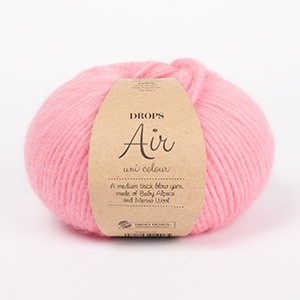





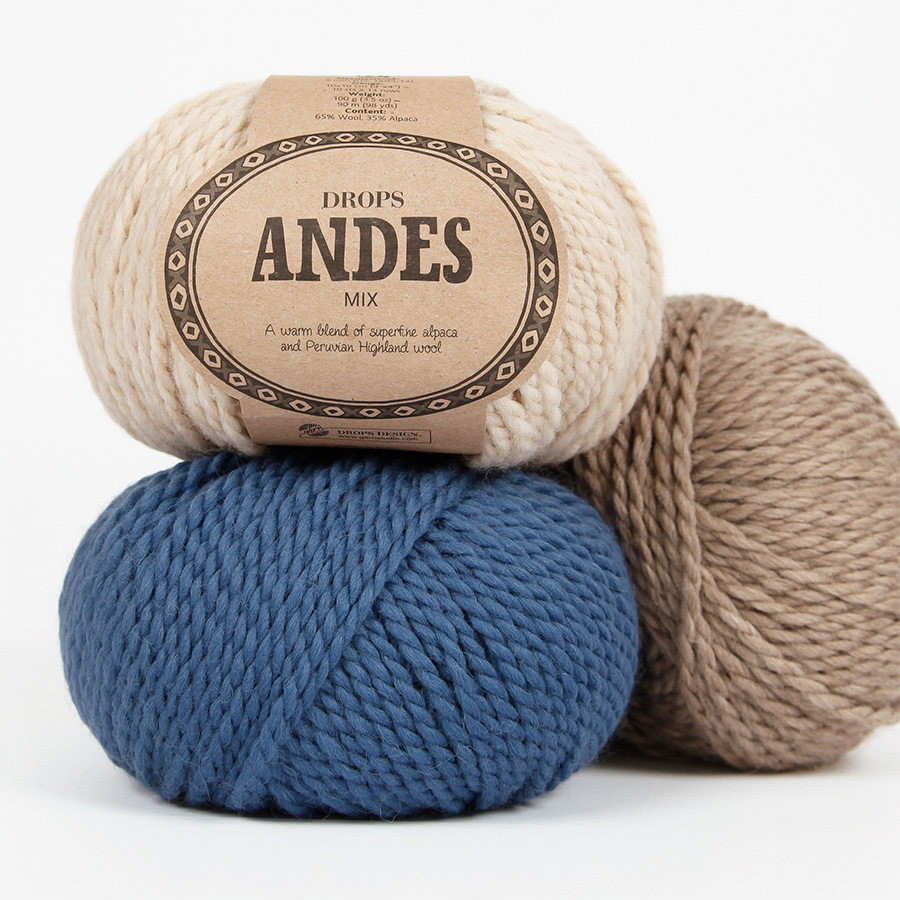
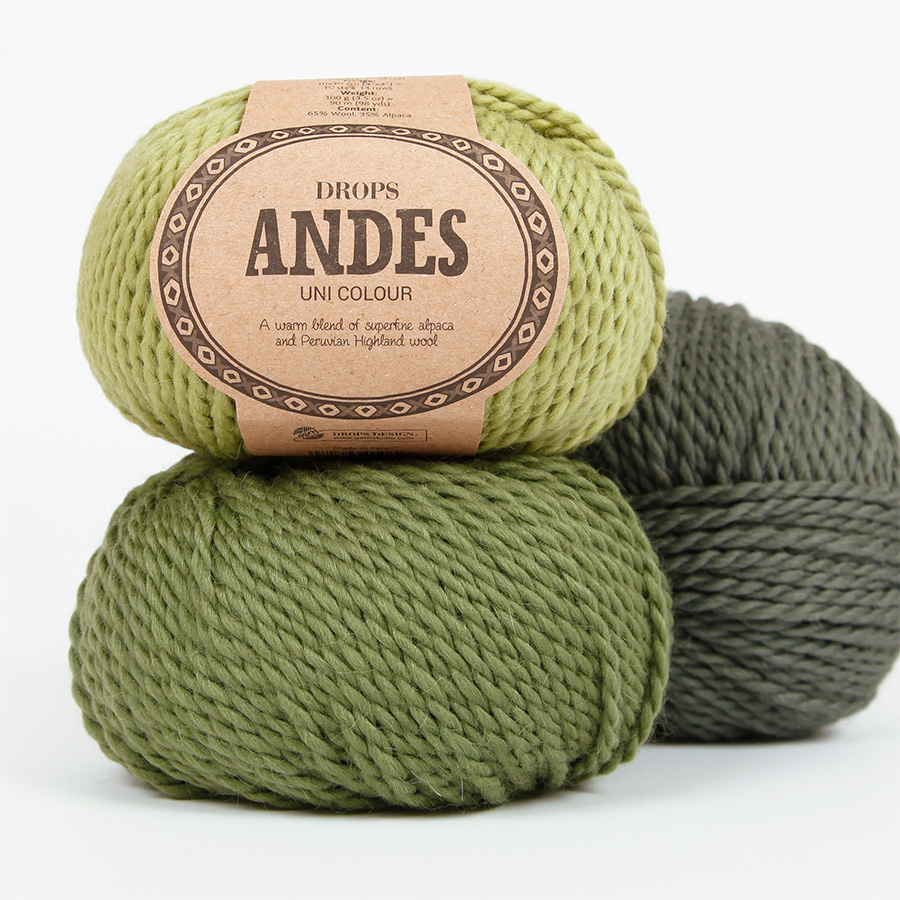
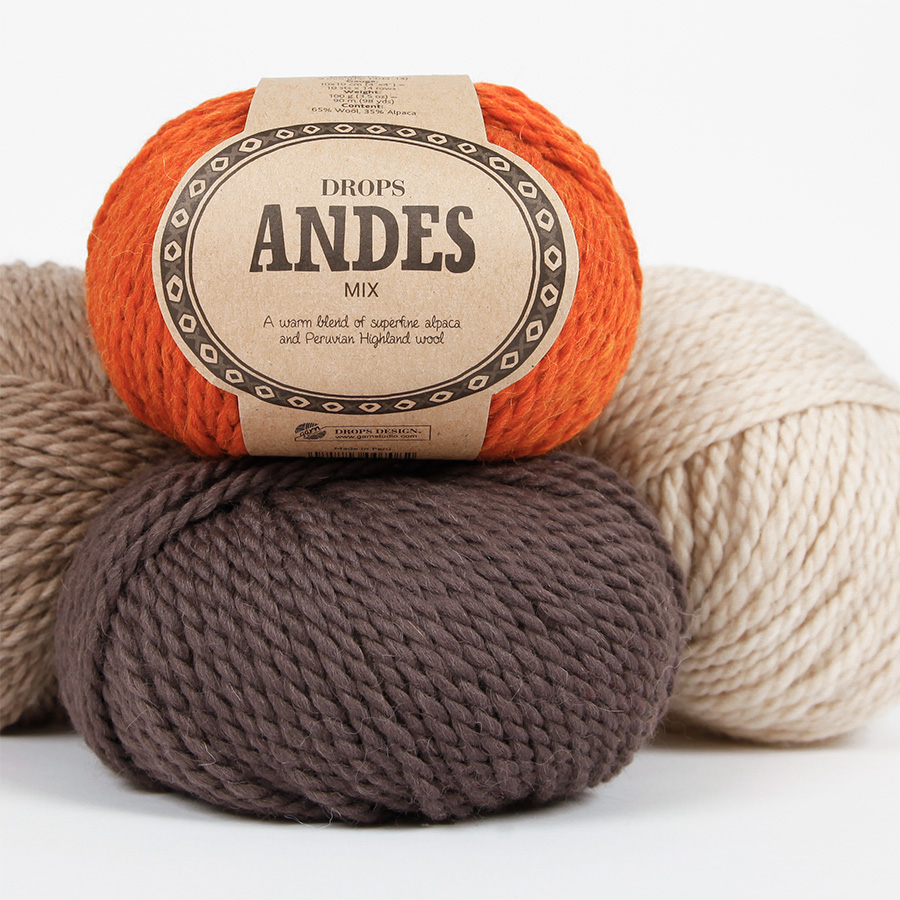
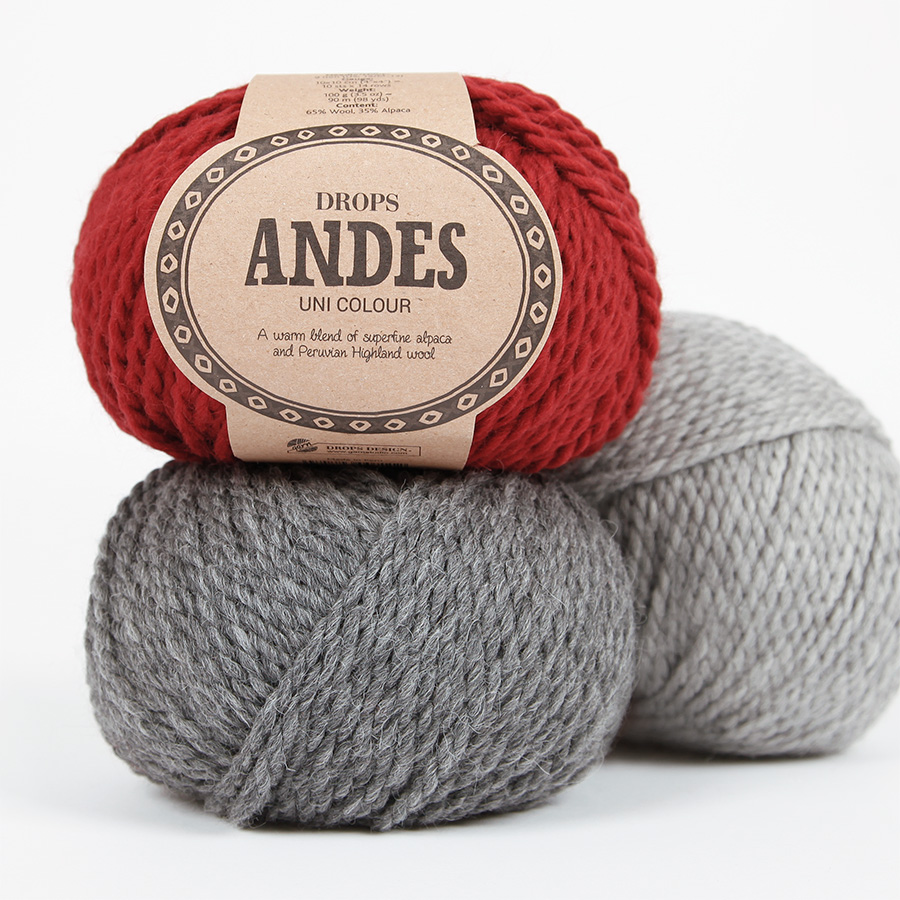
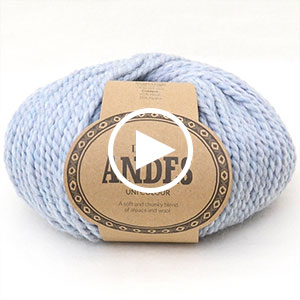
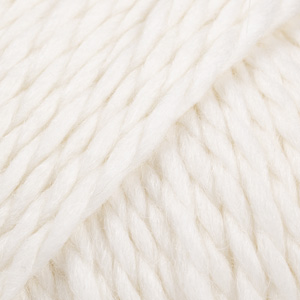
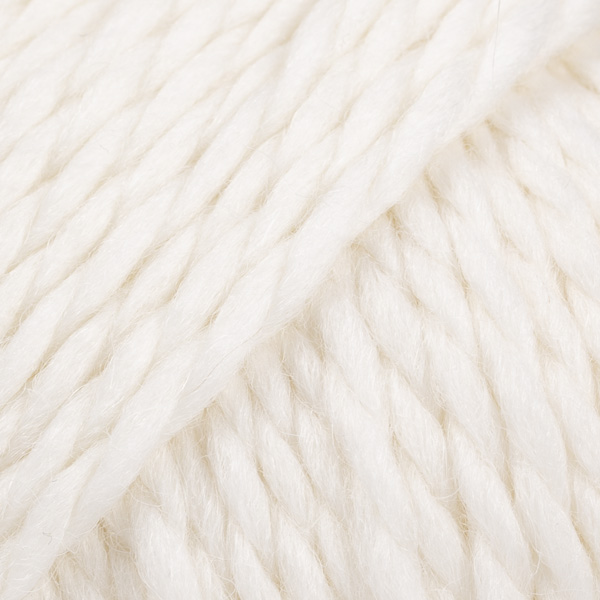





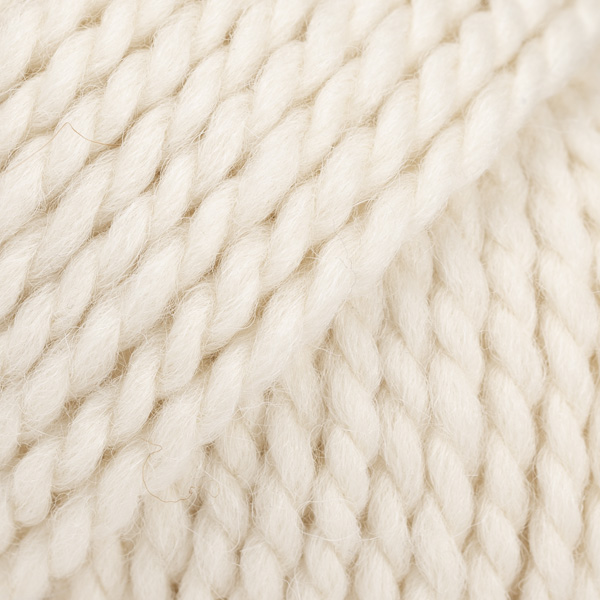


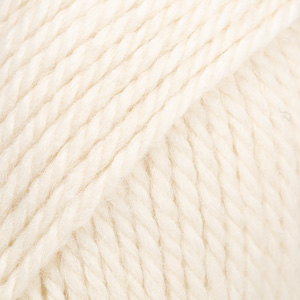

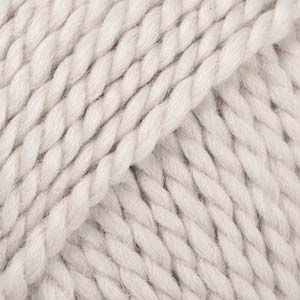
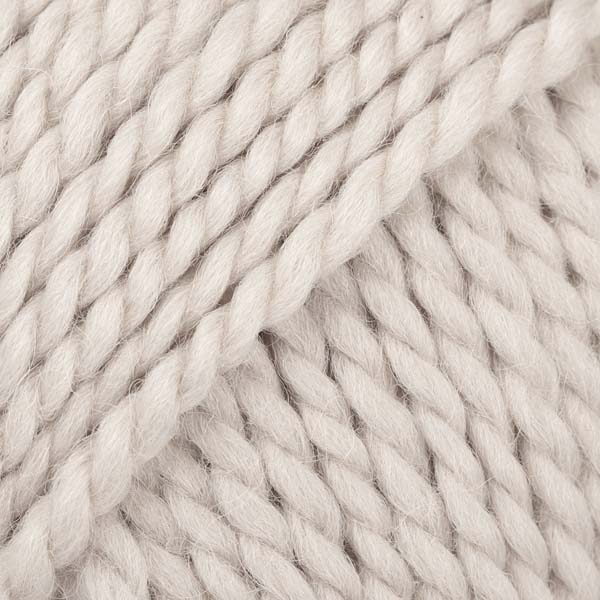
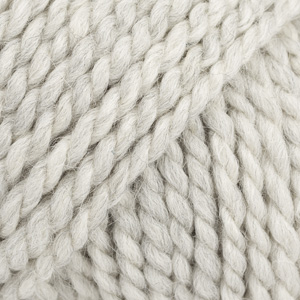
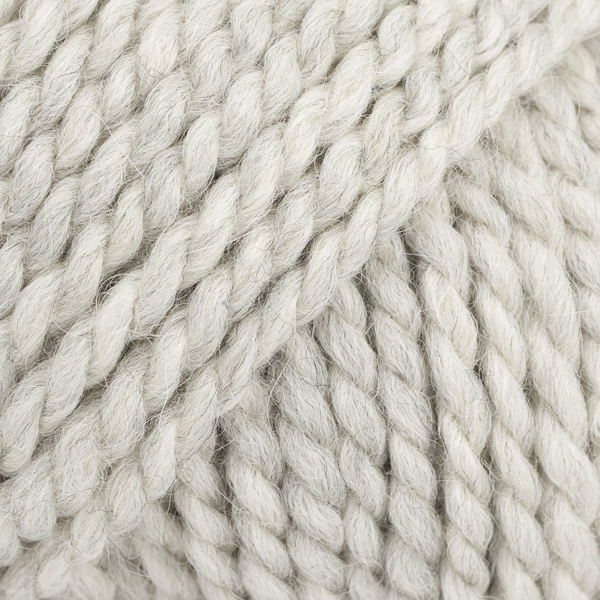



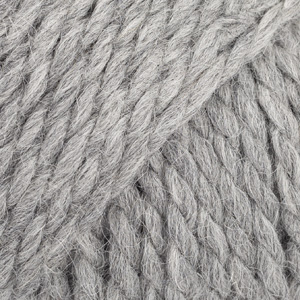
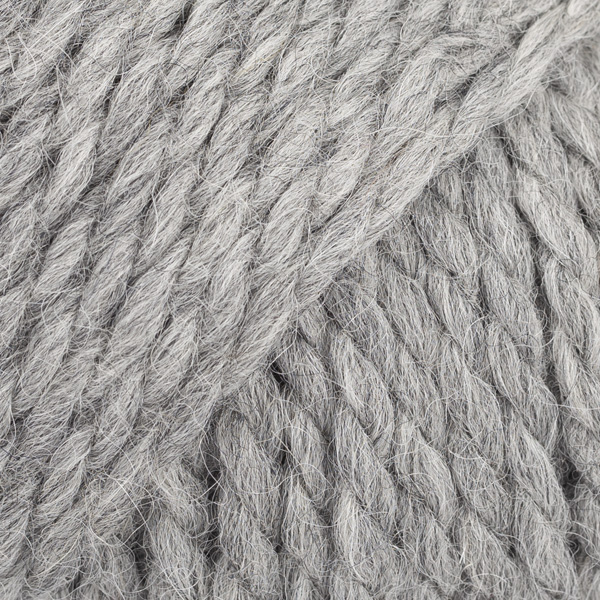

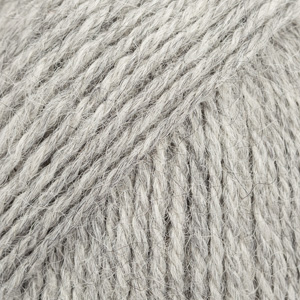
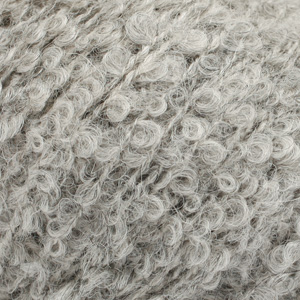

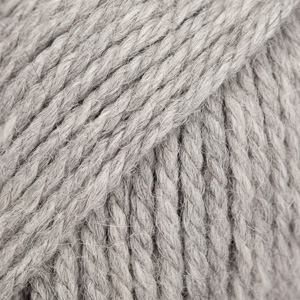
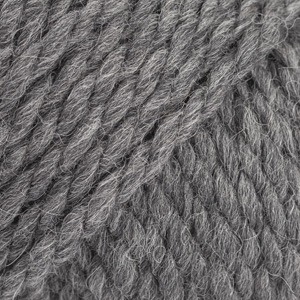
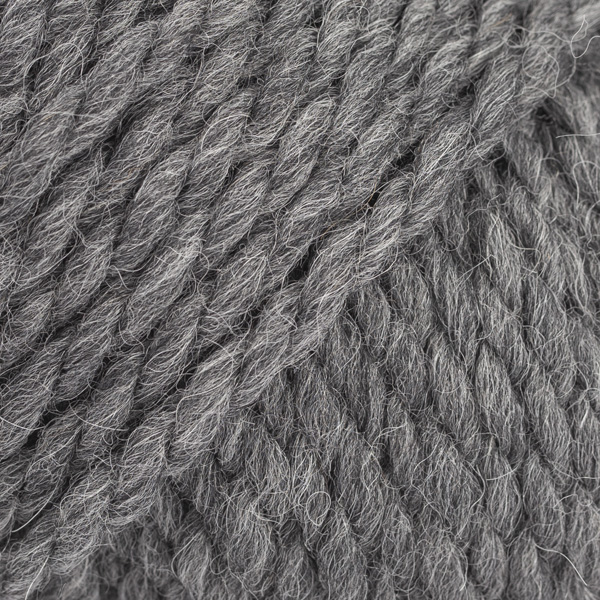





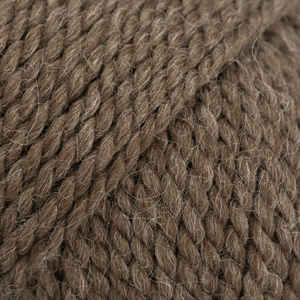
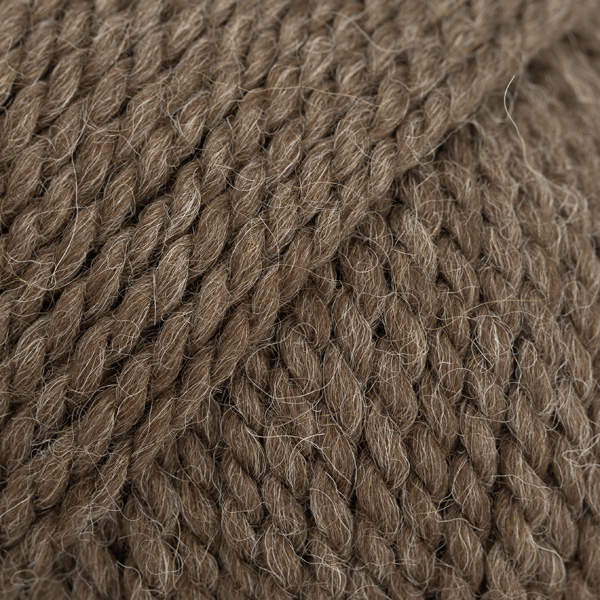
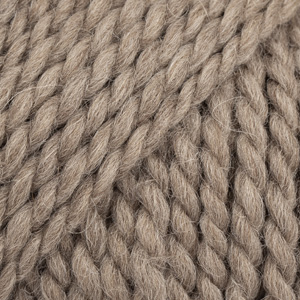
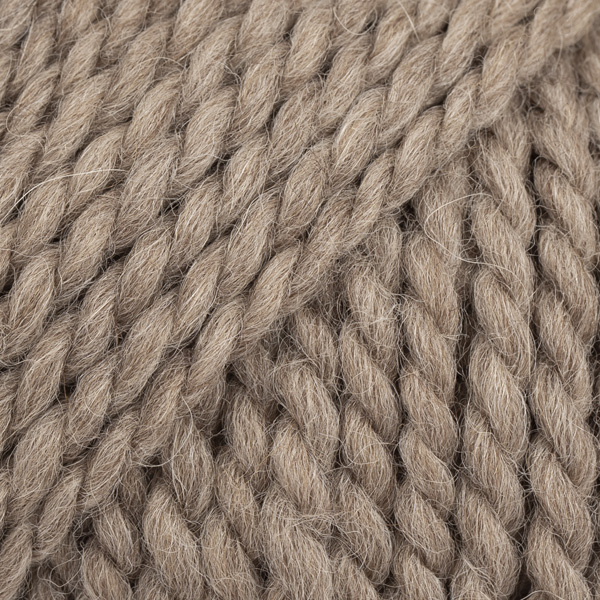
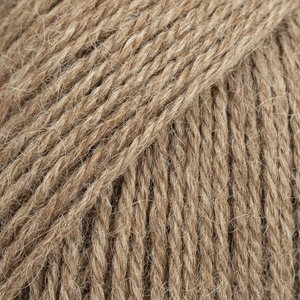

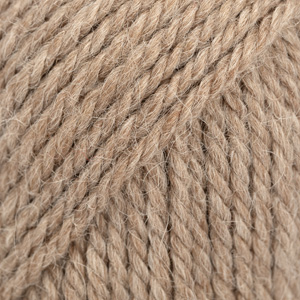

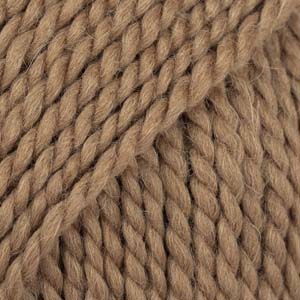
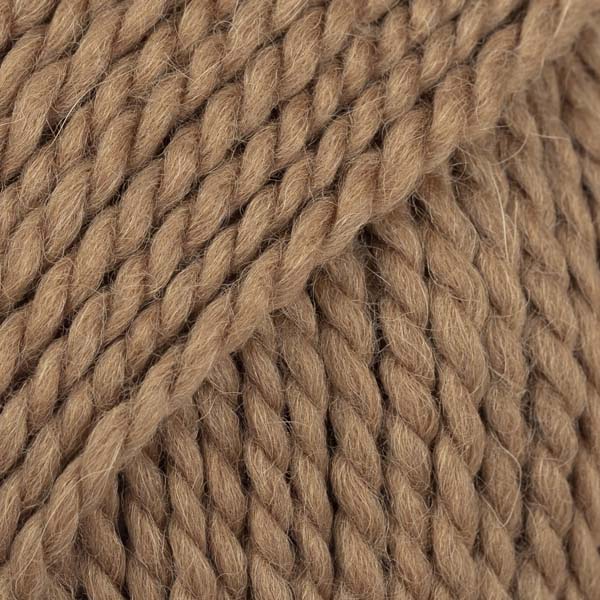





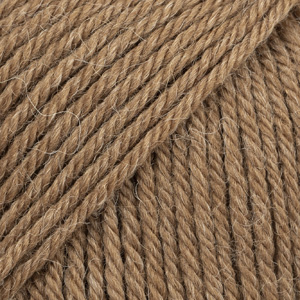




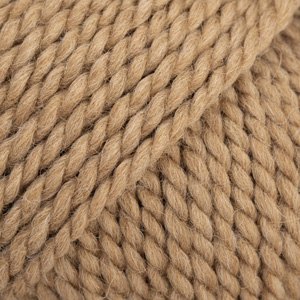
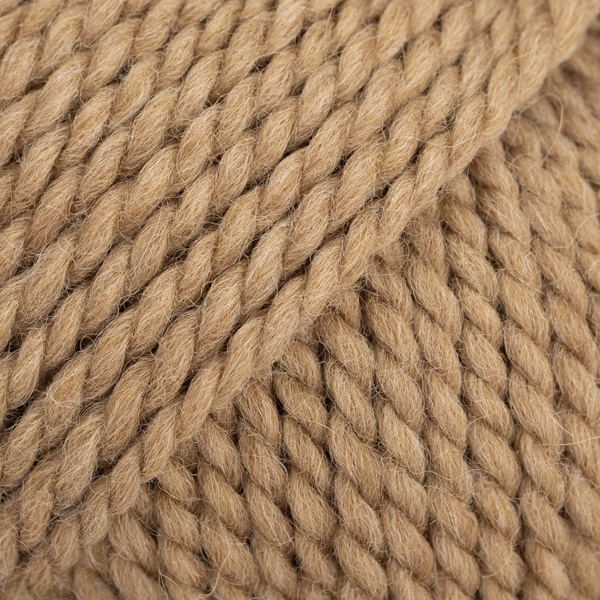

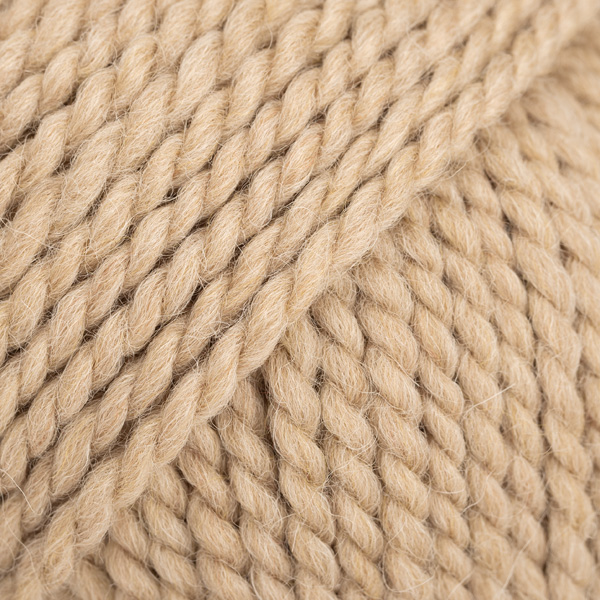
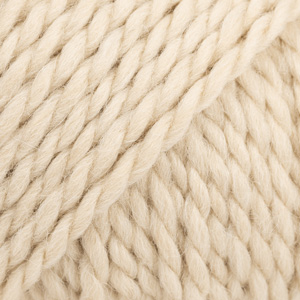
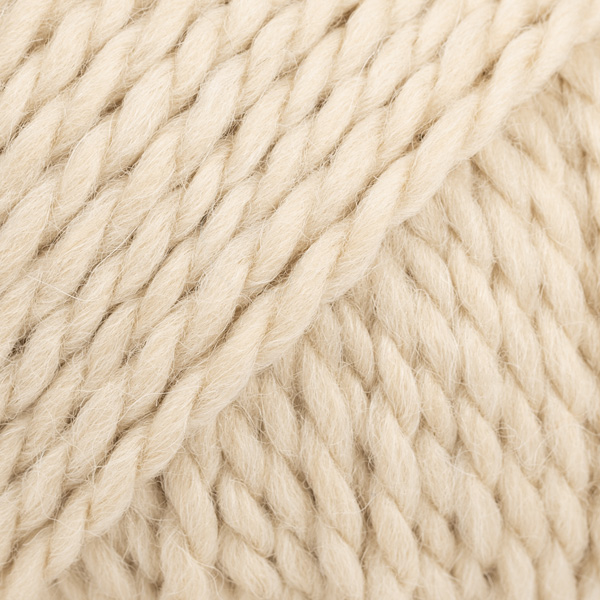









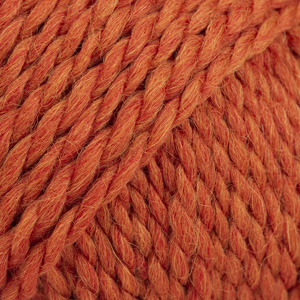
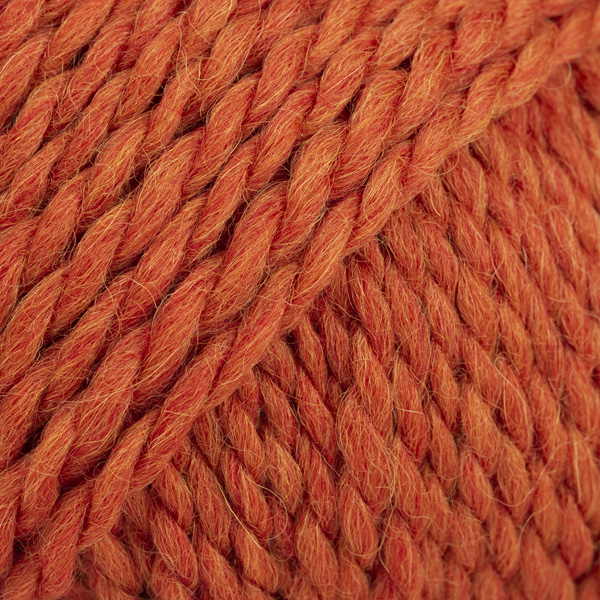
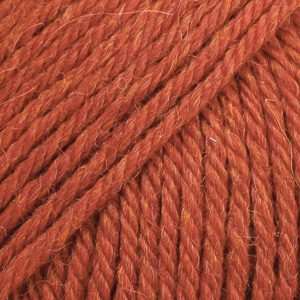




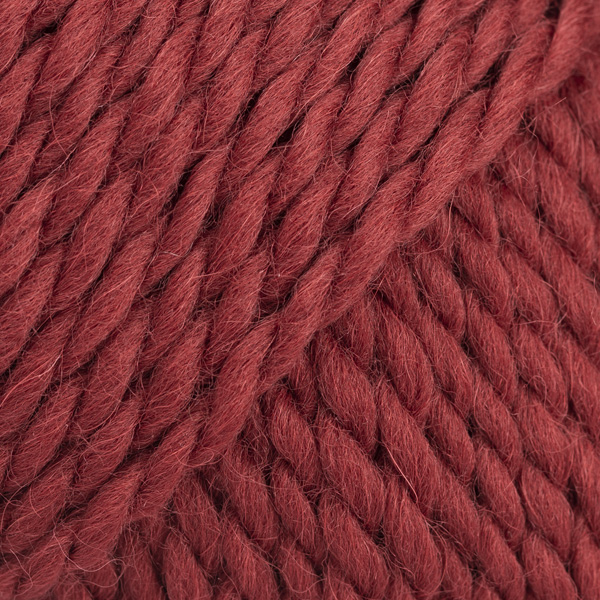
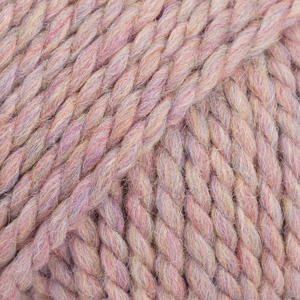
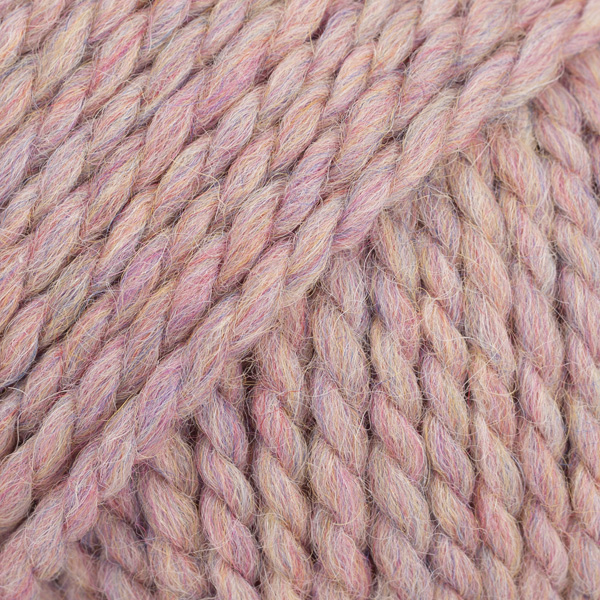
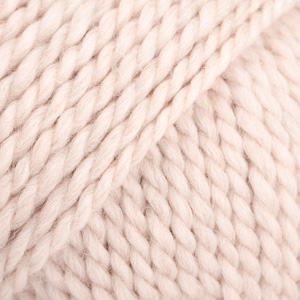
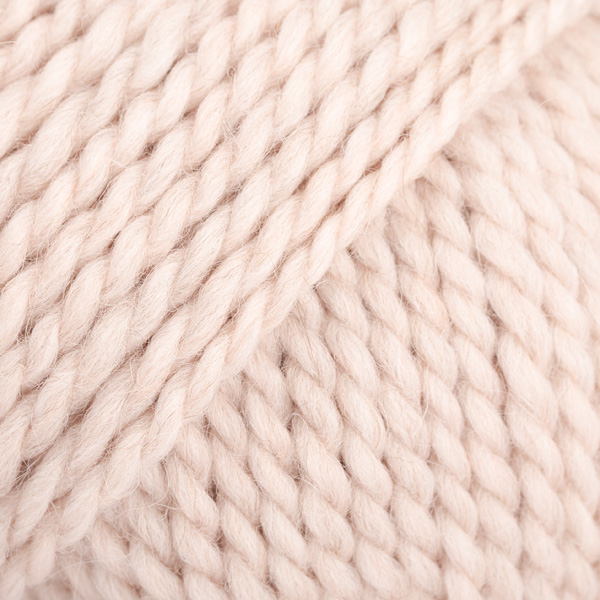
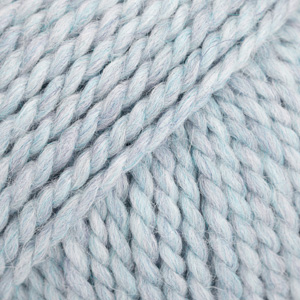
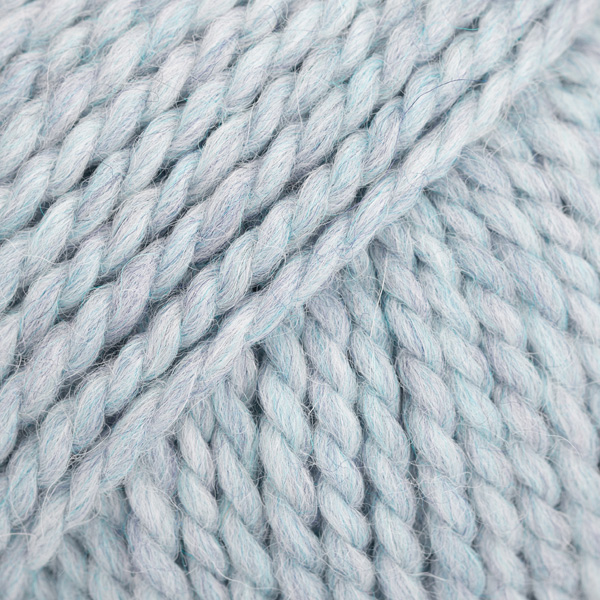
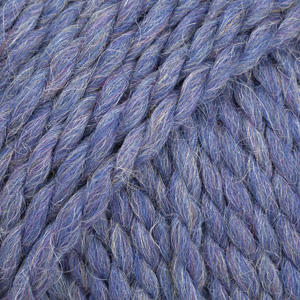
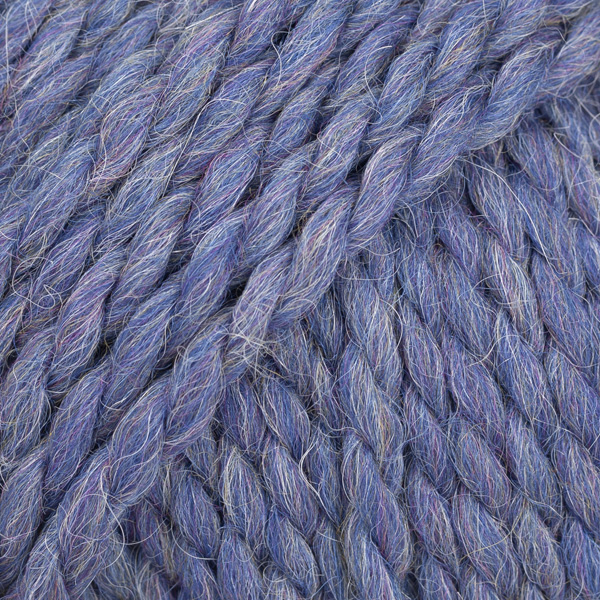



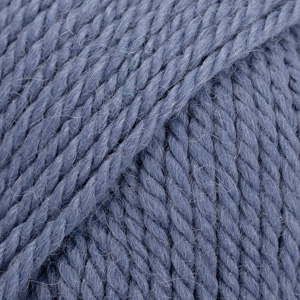
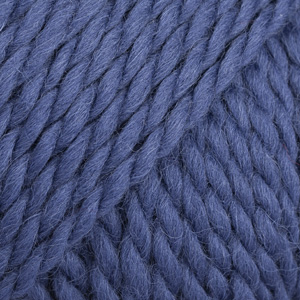
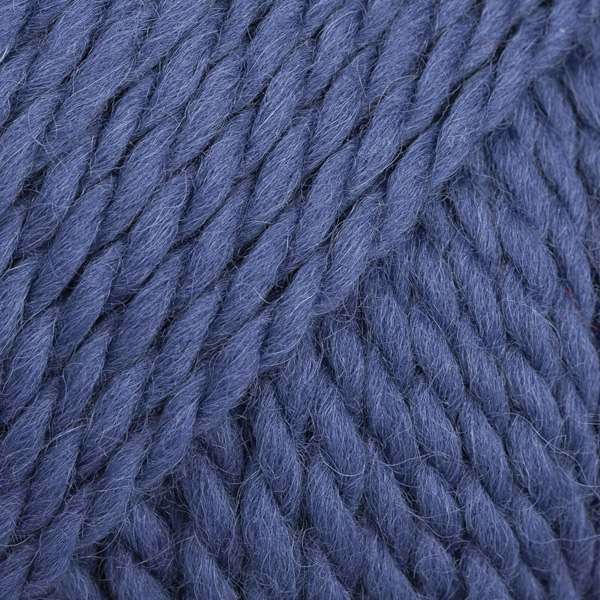
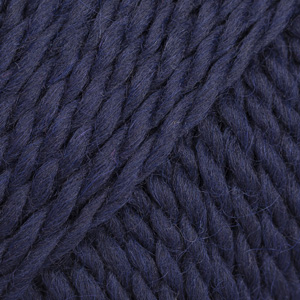
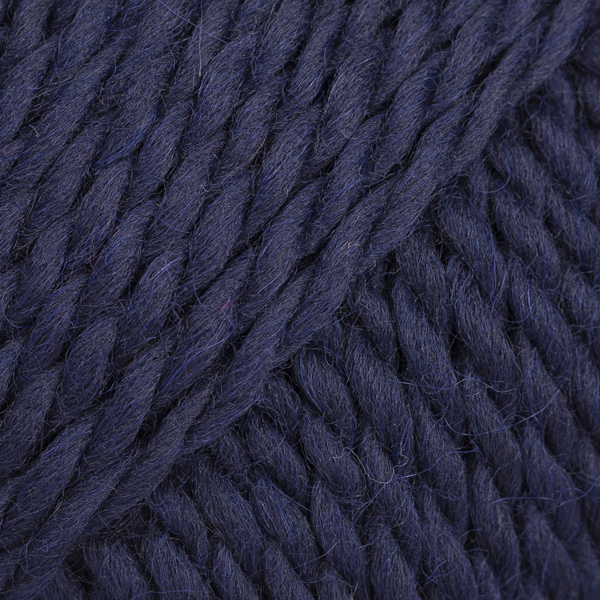
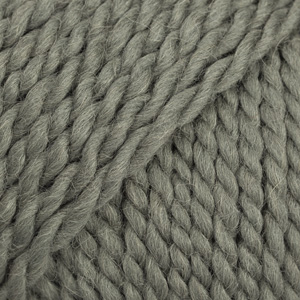
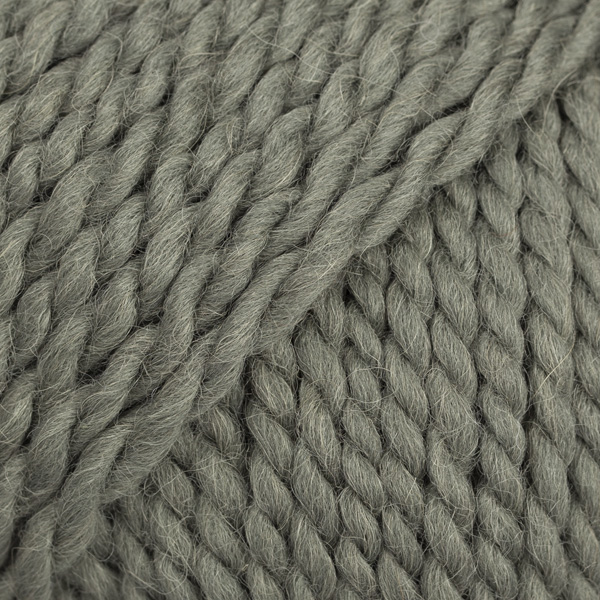
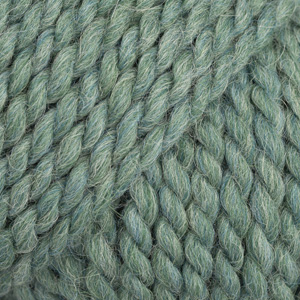
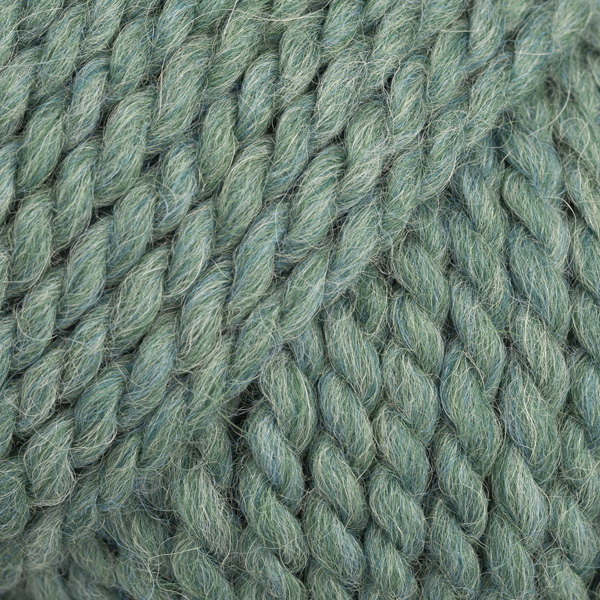




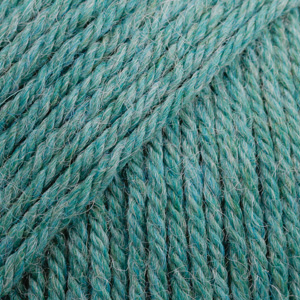



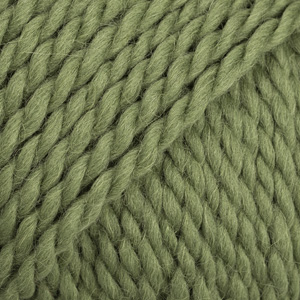
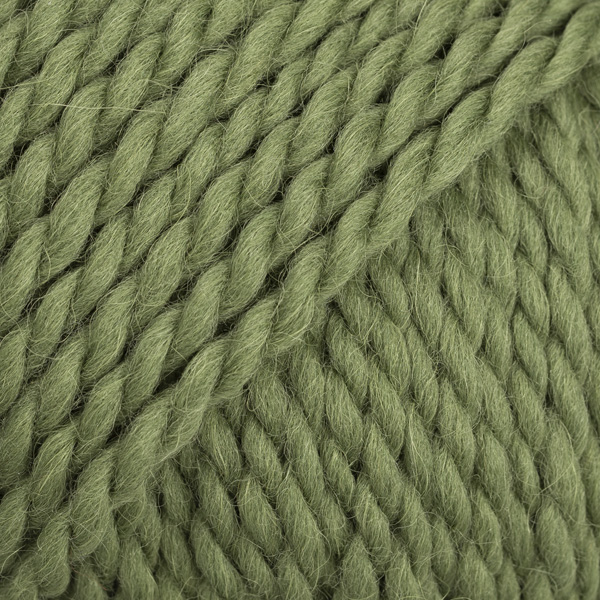
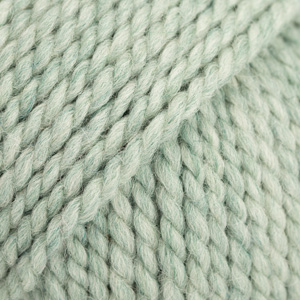
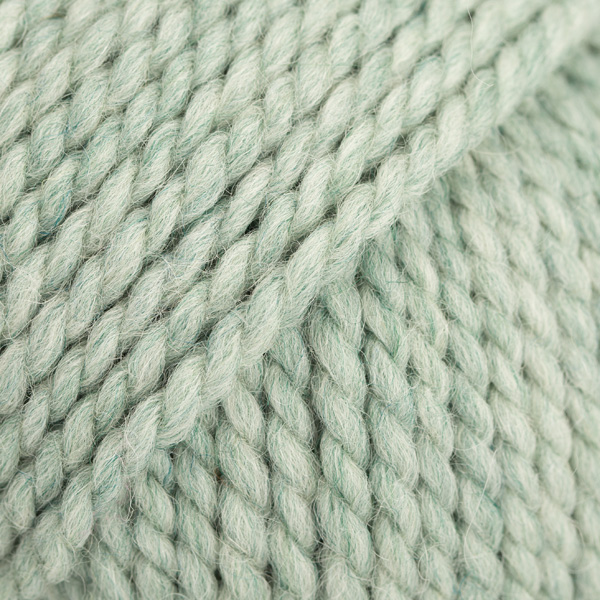
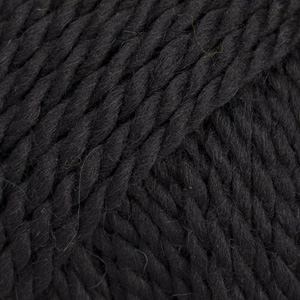
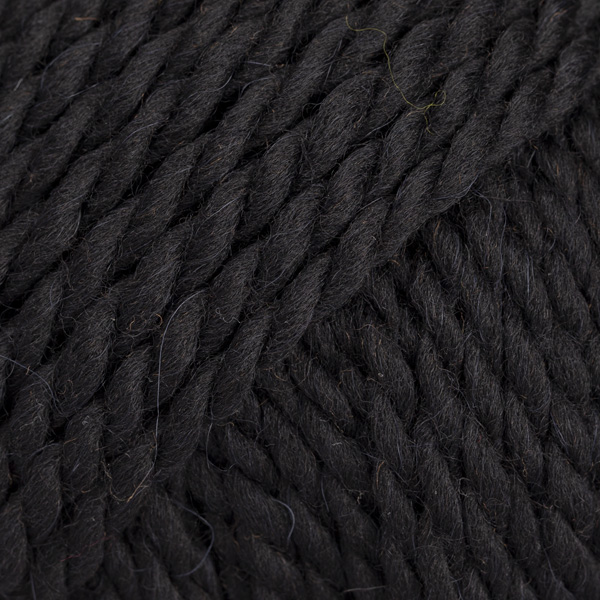
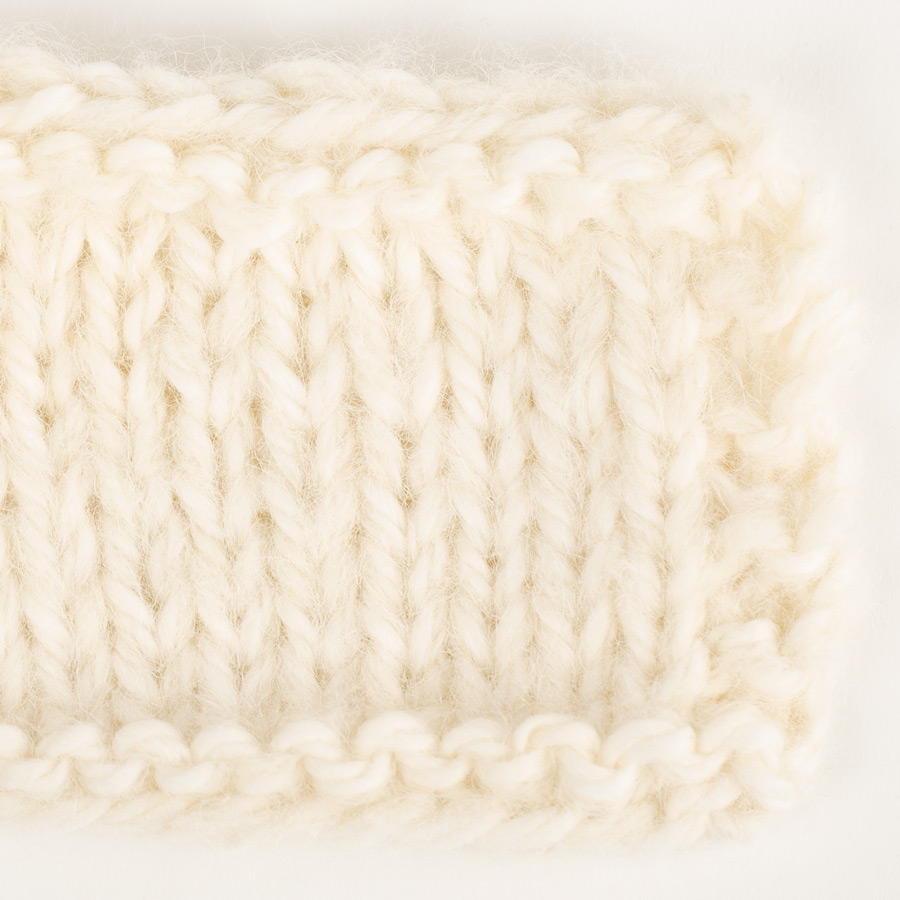
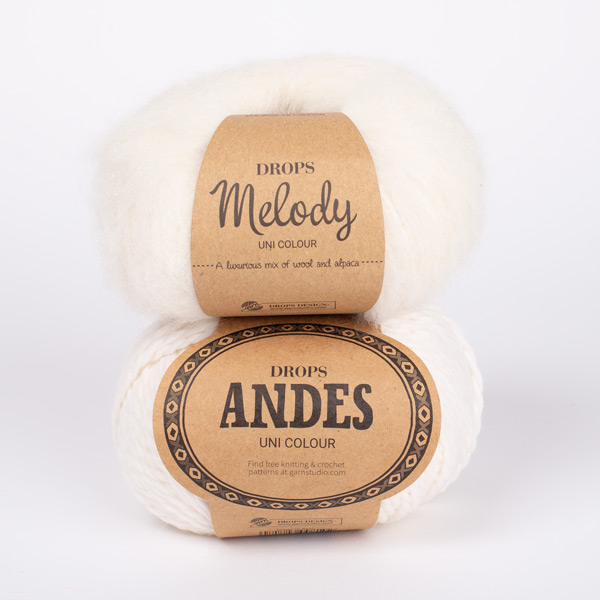
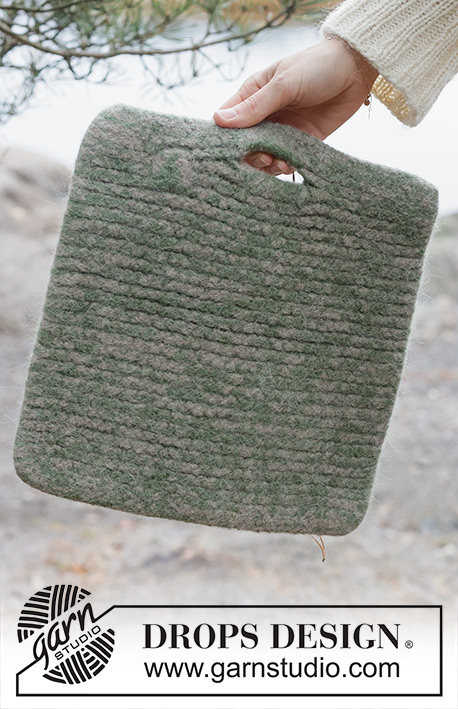
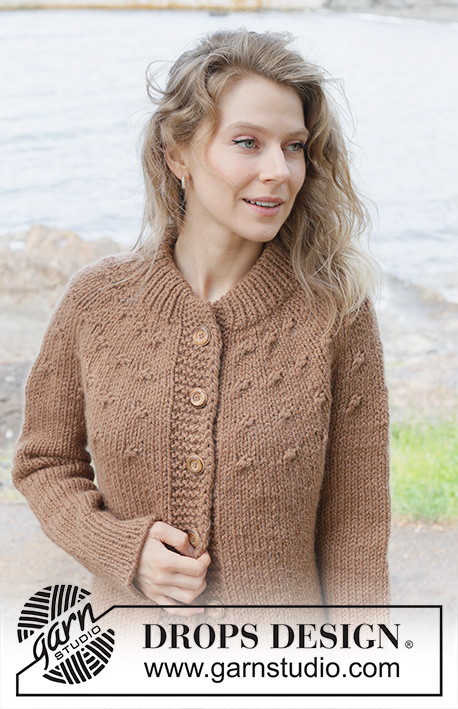
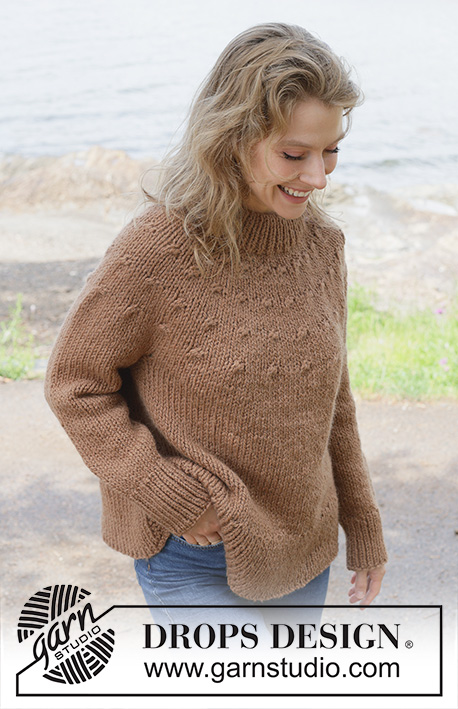
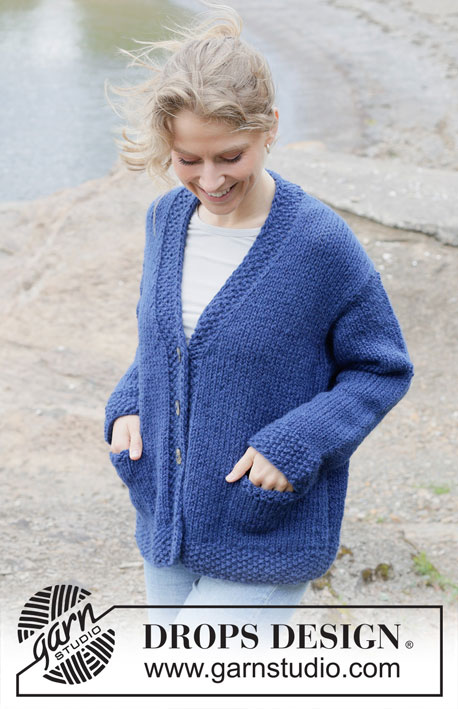
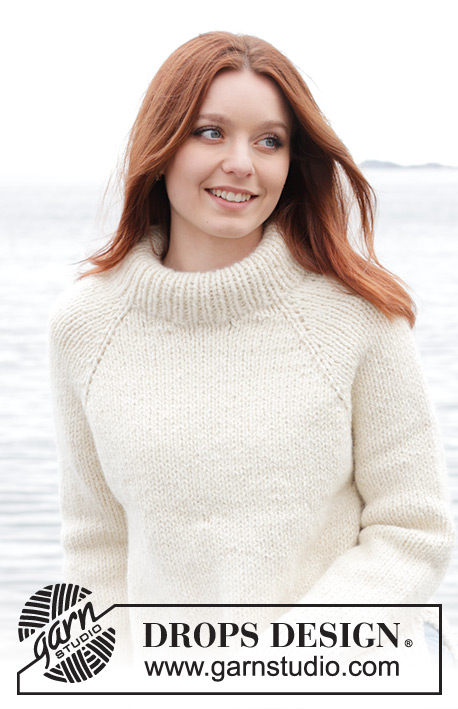
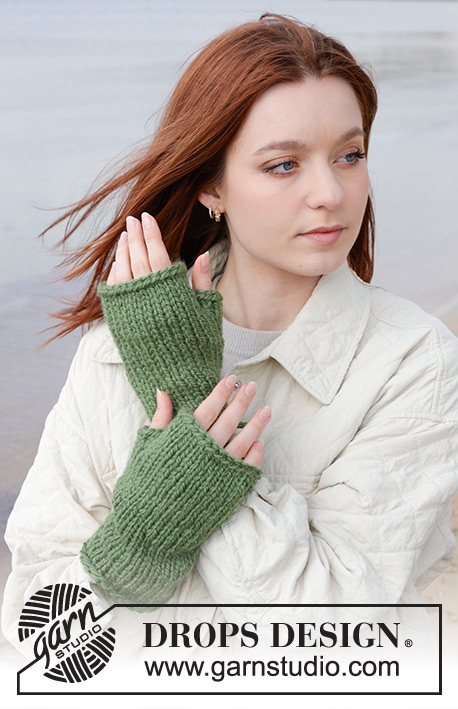
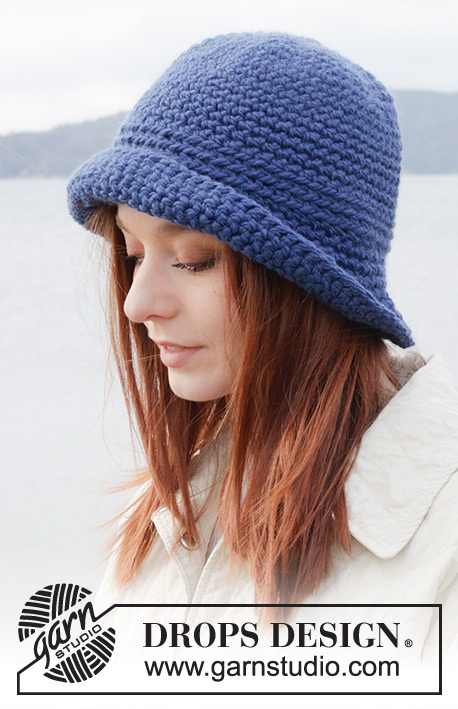
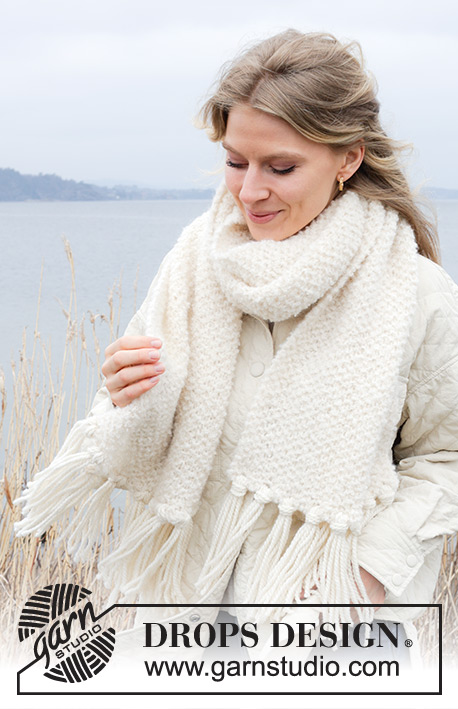

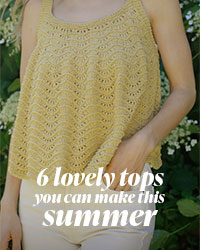
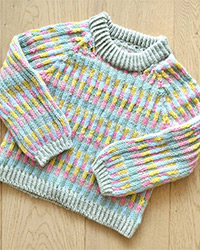
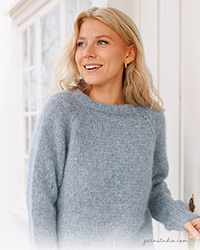

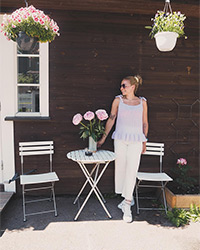
Professionelle Datenbanken für explosionsartiges DR-Wachstum Drop Dead Studio — ein Team von Experten für automatisiertes Linkbuilding, das effektive Lösungen für stabile Promotion im Jahr 2025 schafft. Unsere Premium-Datenbanken für XRumer sind nicht nur eine Sammlung von Links, sondern ein sorgfältig ausgewähltes Arsenal für: - Sofortige Steigerung der Website-Autorität - Durchbruch in die TOP der Suchmaschinen - Erstellung ein
07.07.2025 - 08:02